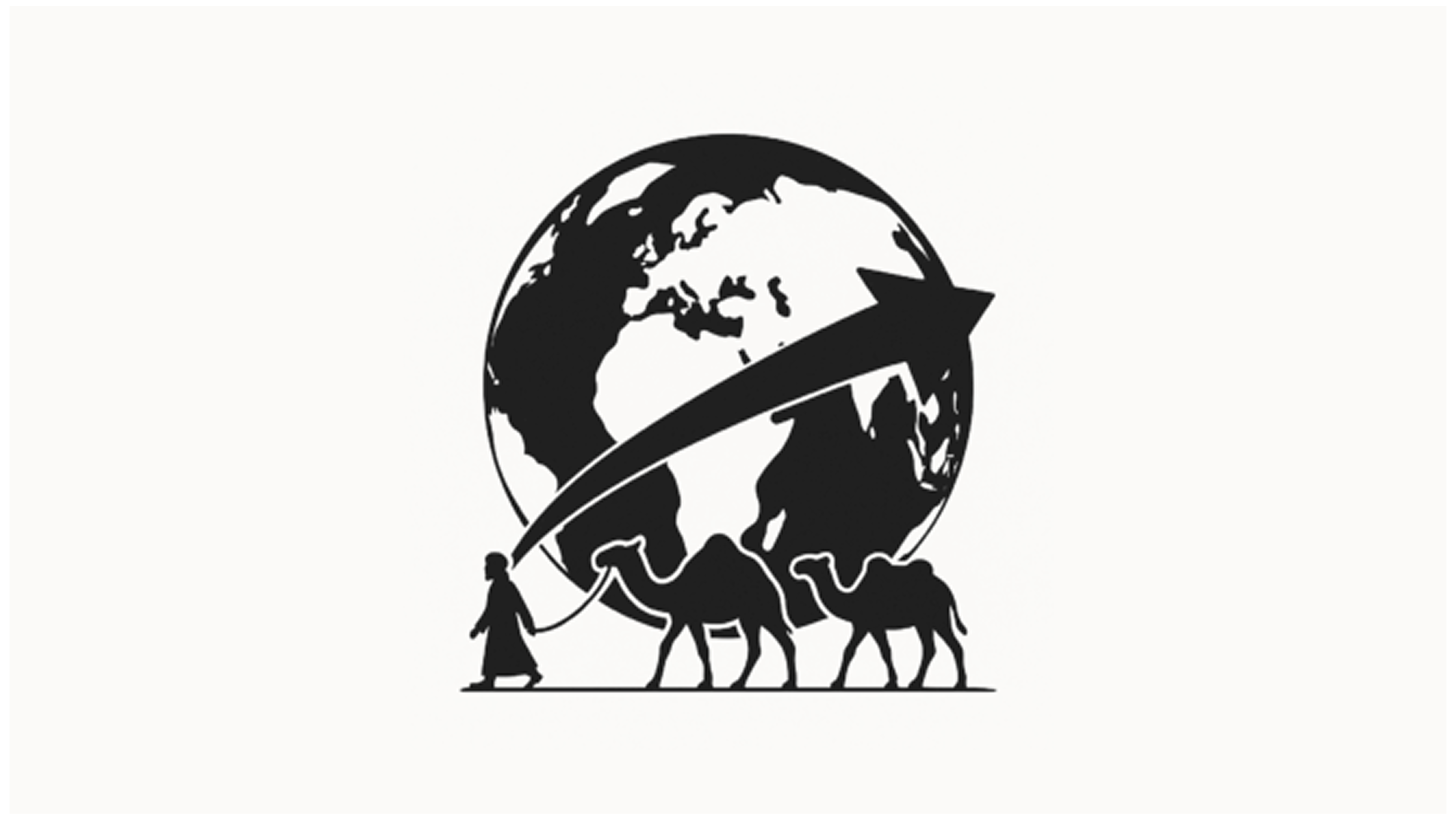
Humanity Wears Clothes for the First Time
When did humans start wearing clothes?
Researchers estimate it began around 100,000 years ago.
It all started with wearing animal hides for survival.
But that wasn’t the end of the story.
Clothing gradually took on social meaning.
It became a symbol that answered,
“Who am I?”
Each tribe had its own colors, patterns, and shapes.
You could tell someone’s status and role just by looking at their clothes.
Clothing that Captures Sensation and Values
Designer Patrick W. Jordan described four types of pleasure products can bring.
Clothing can be understood through the same lens:
- Physio (Function): Does it feel cool and comfortable when worn?
- Ideo (Value): Is it made from eco-friendly materials?
- Socio (Social): Is it fashionable? Is it socially accepted?
- Psycho (Emotion): Does it make you feel good when you wear it?

Based on these four aspects, clothes are no longer just “things.”
They serve as a medium for expressing one’s emotions, values, and social identity.
Weaving Fabric, Beginning Industry
At first, people spun yarn by hand and wove cloth manually.
But as technology advanced, each region began developing its own textile specialties.
Let’s look at a few examples:
- China (around 2700 BCE):
The invention of silk sparked massive change.
Eventually, silk made its way to Europe, creating the vast trading network we now call the Silk Road. - India (around 2500 BCE):
India saw early development of cotton textiles.
In particular, muslin—a soft, thin cotton fabric—gained worldwide fame. - Europe (around 500 BCE to the Middle Ages):
In medieval Europe, textile production flourished through the guild system.
The Flanders region was a hub for wool, and Italy became renowned for high-quality silk production.

At this point, clothing became more than just a daily necessity.
It established itself as an “industry” that connected economies and cultures.
It became a core commodity in global trade, creating jobs and building wealth.
The Industrial Revolution Shakes the Apparel Industry
In the late 18th century, the Industrial Revolution changed everything.
In 1764, James Hargreaves invented the Spinning Jenny—a machine that allowed one person to spin multiple threads at once, dramatically boosting productivity.
Soon after, Edmund Cartwright developed the power loom.
With machines weaving cloth instead of human hands, production became faster and more efficient.
As these technologies emerged, large factories naturally followed.
Work was divided, roles specialized, and mass production became the norm.
As a result, the yarn and cloth produced in Britain began to spread across the globe by ship.
This was the beginning of what we now know as the global supply chain.

From this point on, we saw the rise of what resembles today’s fashion industry.
Fashion was no longer exclusive to the elite.
Anyone could now choose from a variety of clothing and enjoy self-expression through what they wore.
➡️ Coming Up Next
Clothing has evolved alongside human life.
But how have the places where clothes are made changed over time?
We’ll explore that in the next story.
References
- Berg, M. (2004). The Age of Manufactures, 1700-1820: Industry, Innovation and Work in Britain. Routledge.
- Bryant, V. M., & Clifton, J. L. (2018). “The Evolution of Clothing and its Significance in Early Human Societies.” Journal of Anthropological Science.
- Liu, X. (2016). The Silk Road in World History. Oxford University Press.
